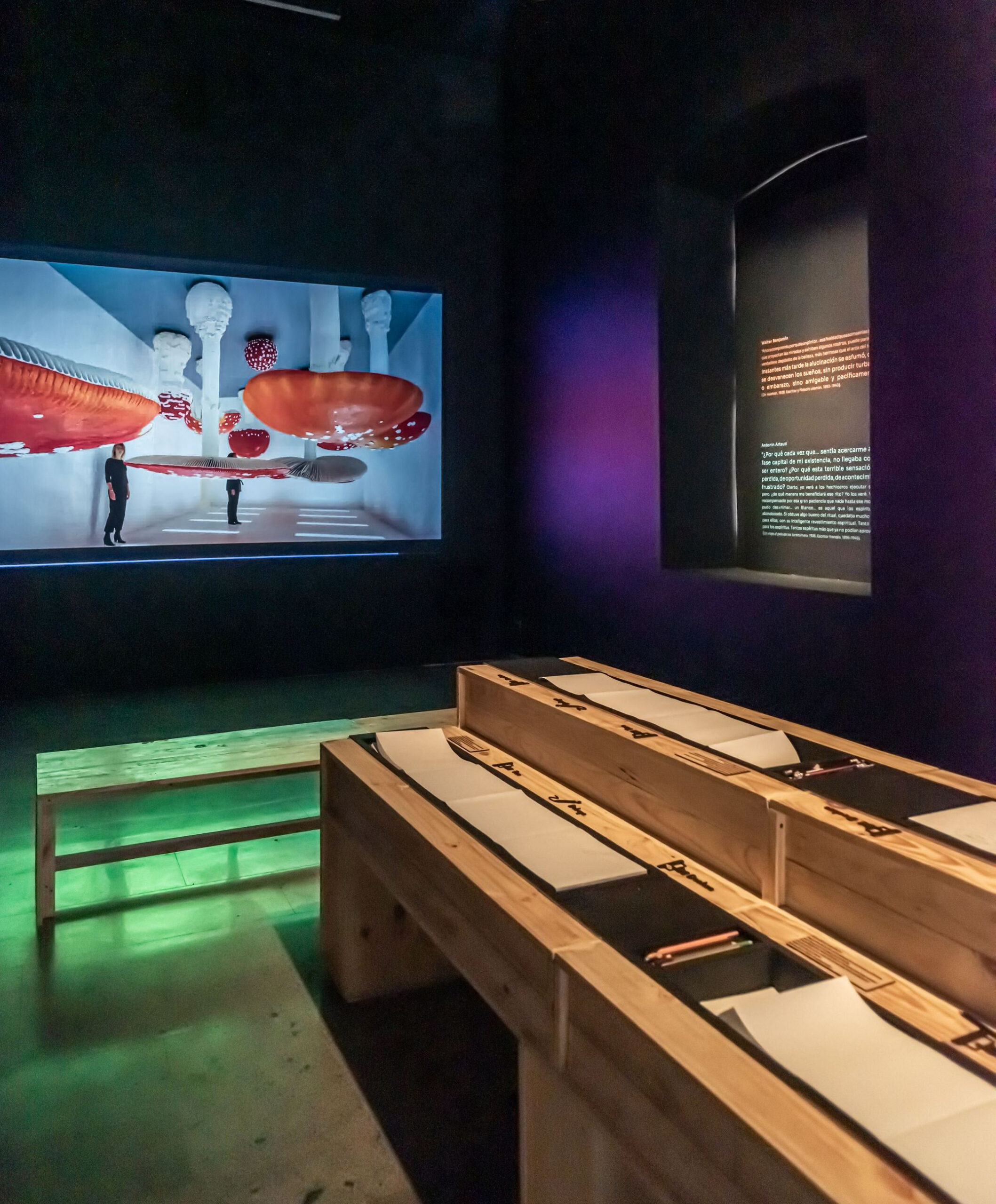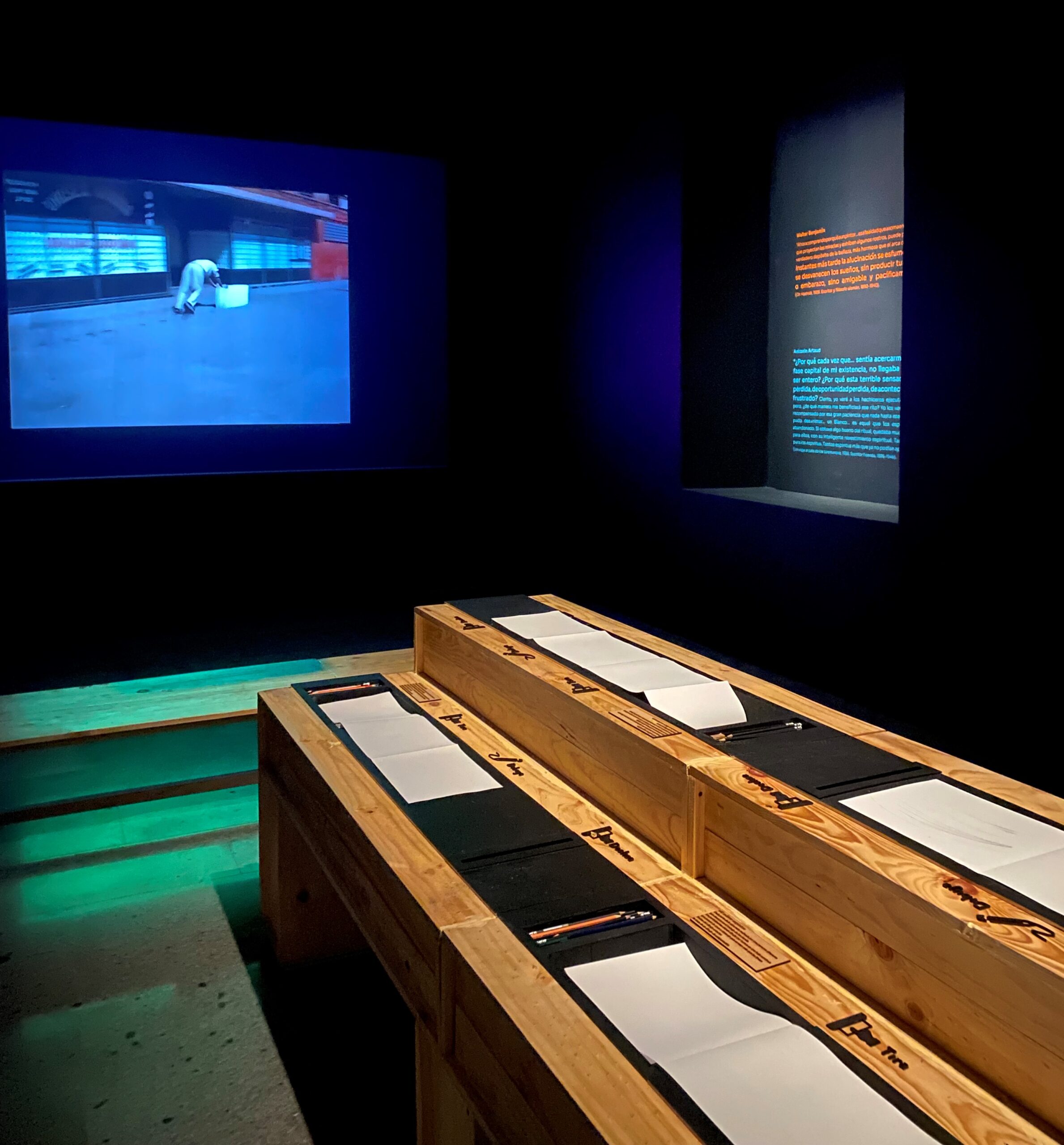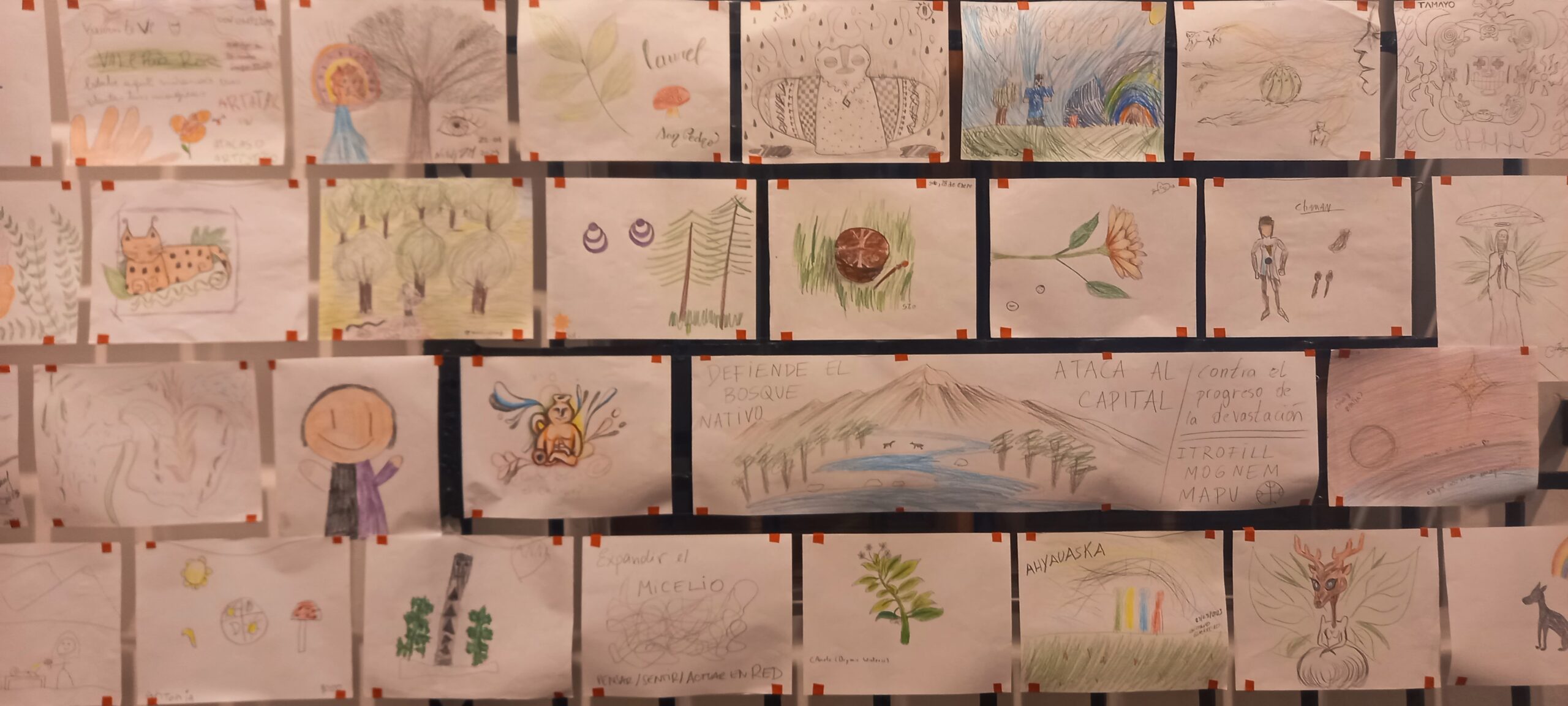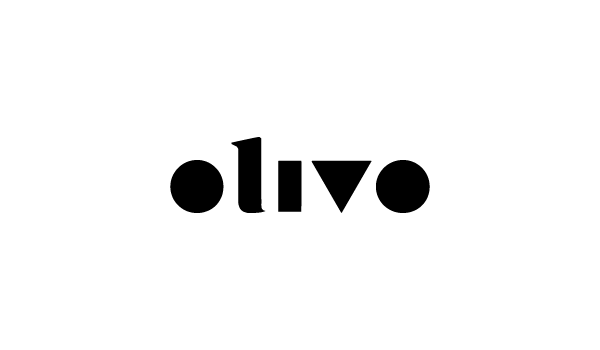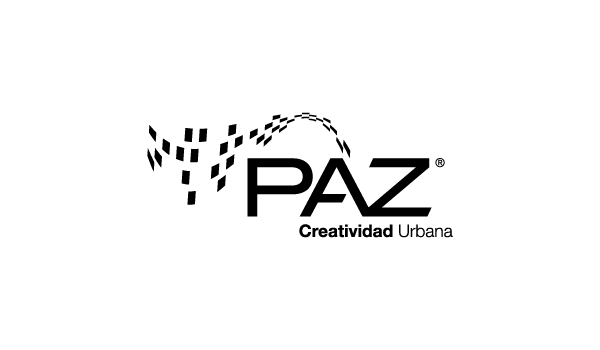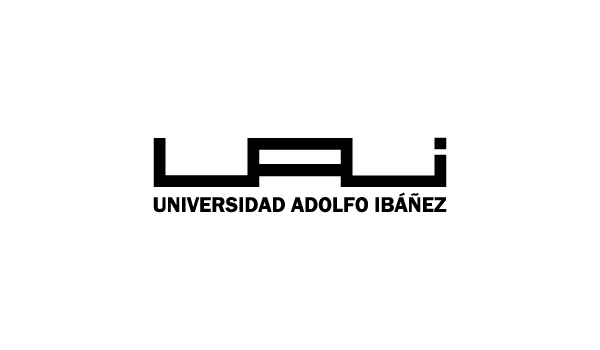New arrivals
The intimate knowledge of an individual about herself or himself, their community, their life-space, is probably the most significant lesson we can draw from a participatory inquiry into shamanism. Initial and permanent questions in this investigation must deal with issues regarding how to understand the possibilities of applying shamanic ideologies to contemporary life in large scale societies.
One could question what aspects of shamanism could be applied to our present life in large cities, with immediate communication, with the possibility to instantaneously retrieve all sorts of information, and the opportunity to move across the planet in a few hours. From shamanism we can learn how to develop an intimate knowledge of our immediate environment, to view the city and its surroundings as an entity full of patterns that can be traversed and understood. Such knowledge of the urban environment brings with it and demonstrates the interconnectedness of all component elements. Indigenous cultures all over the world over centuries have intelligently developed concepts of what is proper for them and their setting at a moment in time. Then, one should inquire within our global traditions what strategies to follow to determine what is proper for our time and place, not the simple mimicking of indigenous cultures. Shamanic technologies can contribute to answering these questions about our own culture.

